The partnership between humans and horses is one of the most enduring and meaningful interspecies relationships in history. For thousands of years, these majestic animals have worked alongside us, carrying us into battle, helping us farm, transporting our goods, and more recently, serving as recreational companions and therapeutic partners. Unlike many domesticated animals, horses possess a rare duality: they are powerful yet gentle, independent yet remarkably cooperative. This bond goes far beyond practicality, evolving into a deep emotional connection that continues to captivate scientists, historians, and horse lovers alike. The level of communication and understanding that can develop between horse and human is truly remarkable—a relationship built on mutual trust that has shaped civilizations and offers lasting insight into empathy across species.
The Ancient Origins of the Horse-Human Partnership
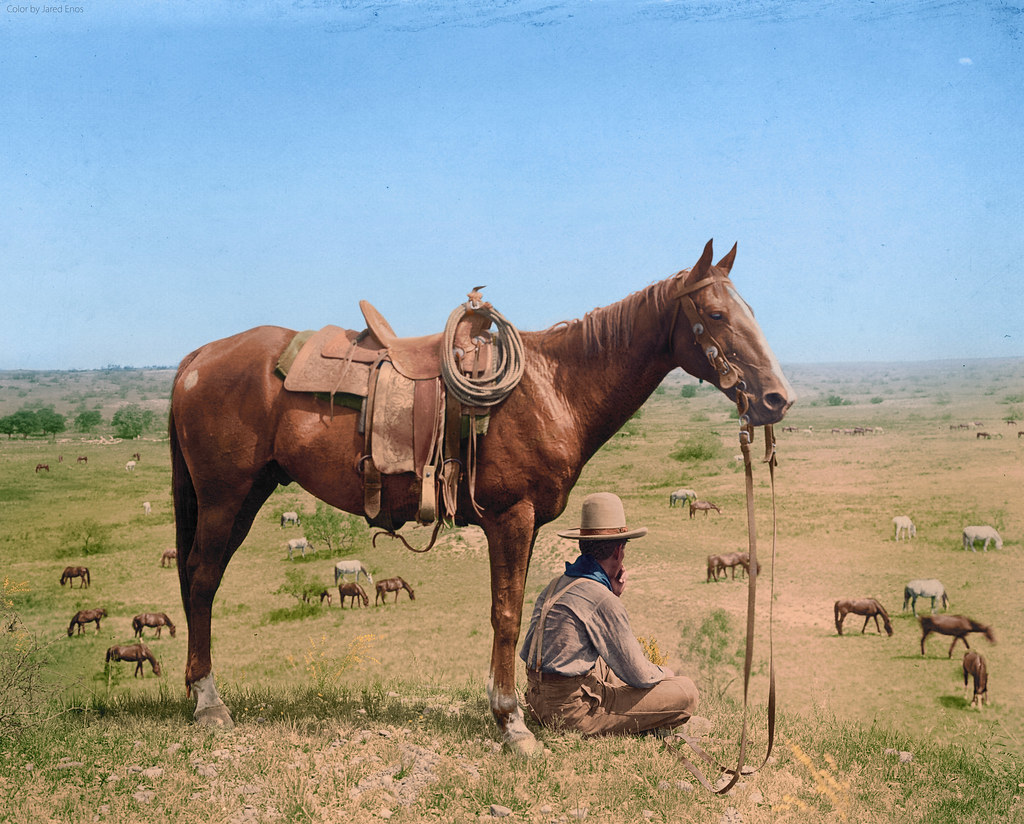
The relationship between humans and horses began around 6,000 years ago on the Eurasian steppes, where archaeological evidence indicates horses were first domesticated for meat and milk before becoming working partners. This shift profoundly impacted human civilization, unlocking new levels of mobility and transforming warfare, trade, agriculture, and transportation across entire continents. Unlike many domesticated animals, primarily valued for food, horses quickly emerged as indispensable partners in human activity, forging a working relationship unlike any other. The domestication process was also distinct—rather than simply breeding for docility, as with most livestock, early humans selected horses that retained their strength, speed, and intelligence while developing the capacity to cooperate with people.
A Biological Foundation for Connection
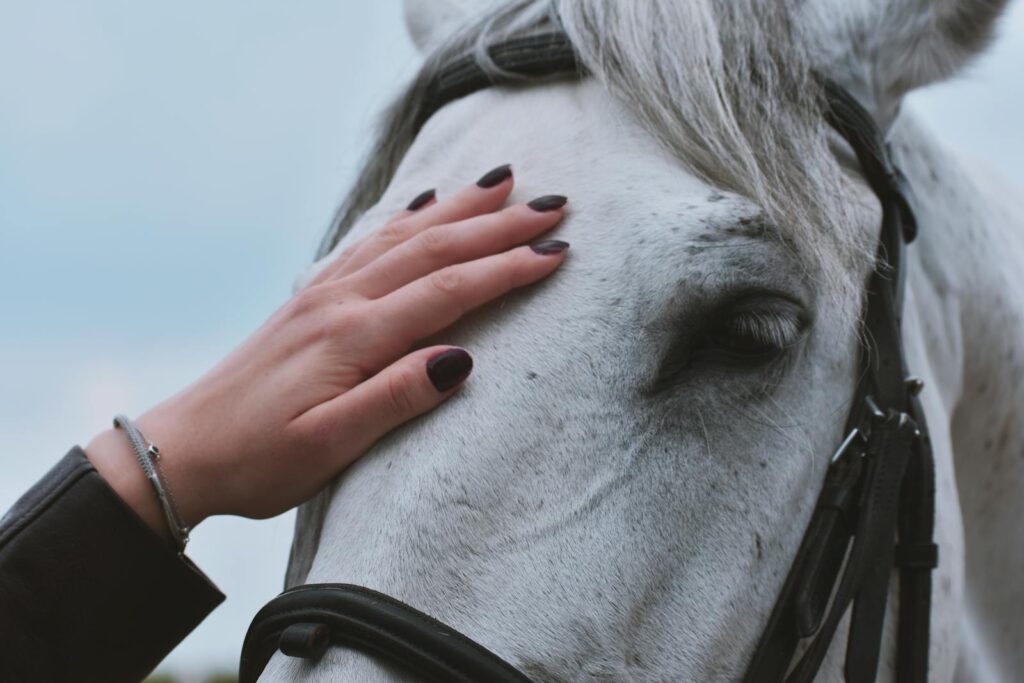
The horse-human bond is strengthened by biological traits that allow meaningful communication between two very different species. As prey animals with finely tuned senses, horses are incredibly responsive to subtle cues in body language, emotional shifts, and changes in their environment—making them especially sensitive to human behavior. Their large, forward-facing eyes help them recognize human facial expressions with surprising accuracy, while their sensitive muzzles can pick up on subtle physiological changes like an increased heart rate or perspiration. Studies have shown that horses can distinguish between positive and negative human emotions and often adjust their behavior in response. This natural sensitivity creates a foundation for two-way communication that feels intuitive, deepening the unique connection between horse and human.
Partners in Work Throughout History
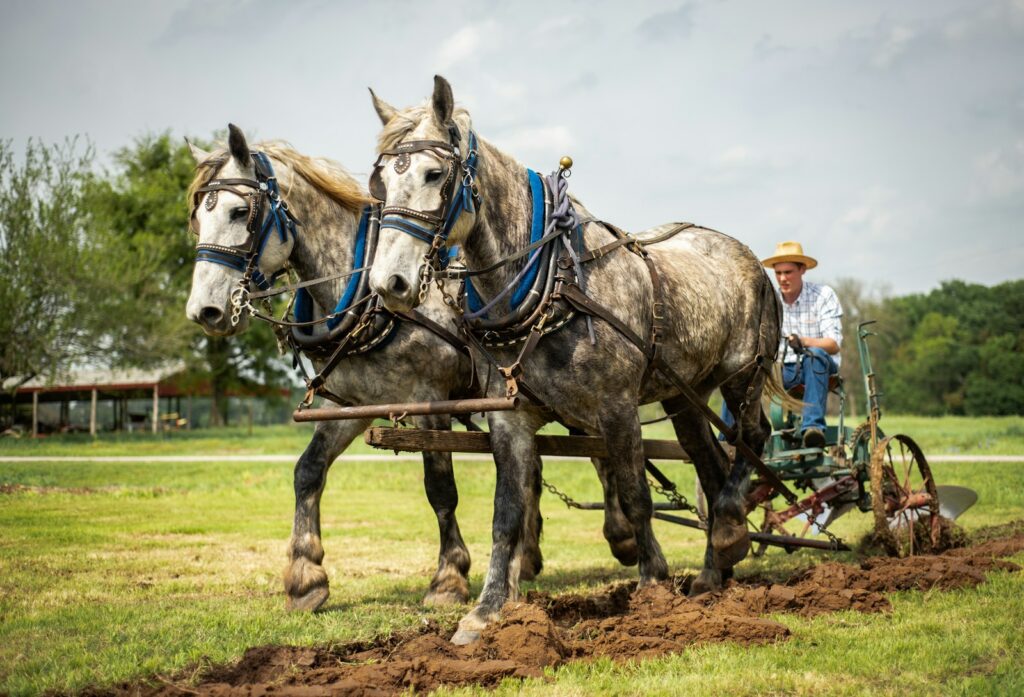
Throughout history, horses have played a role in nearly every form of human labor, building bonds rooted in shared purpose and mutual reliance. From plowing fields and pulling carts to carrying warriors into battle and delivering mail across vast landscapes, horses dramatically expanded what people could achieve. This working partnership demanded a level of cooperation and communication unlike anything humans had previously experienced with animals. In many traditional cultures, a horse was considered a person’s most valuable possession—not just for its practical value, but because livelihood and even survival often depended on that relationship. The phrase “working like a horse” exists for good reason—these animals gave their strength willingly, often to the point of exhaustion, earning a deep respect that many cultures honored with devoted care and reverence.
The Psychology of Trust Between Predator and Prey
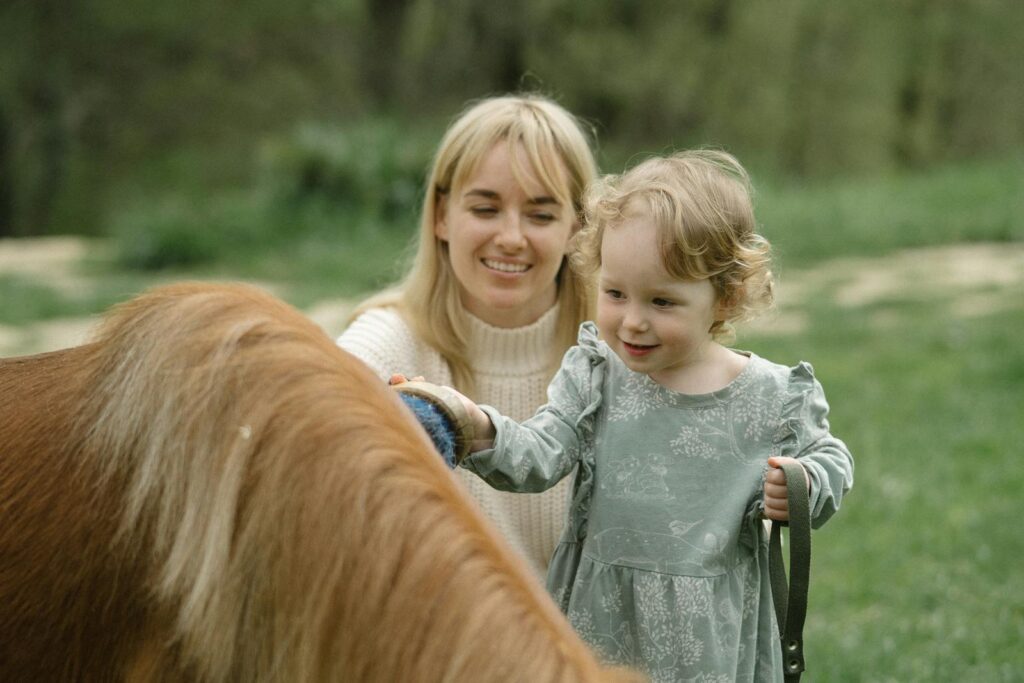
Perhaps the most remarkable aspect of the horse-human bond is that it bridges a natural divide between predator and prey. Horses are hardwired to flee from potential threats, so their willingness to trust and cooperate with humans—predators by nature—is truly extraordinary. This trust isn’t automatic; it must be earned through consistent, respectful behavior that shows the horse they are safe. When a half-ton flight animal chooses to stay with a human rather than bolt from perceived danger, it marks a powerful override of instinct. The process of building this trust reveals just how deep cross-species communication can go and highlights the capacity of animals to form relationships that transcend their evolutionary programming.
Emotional Intelligence and Cross-Species Empathy
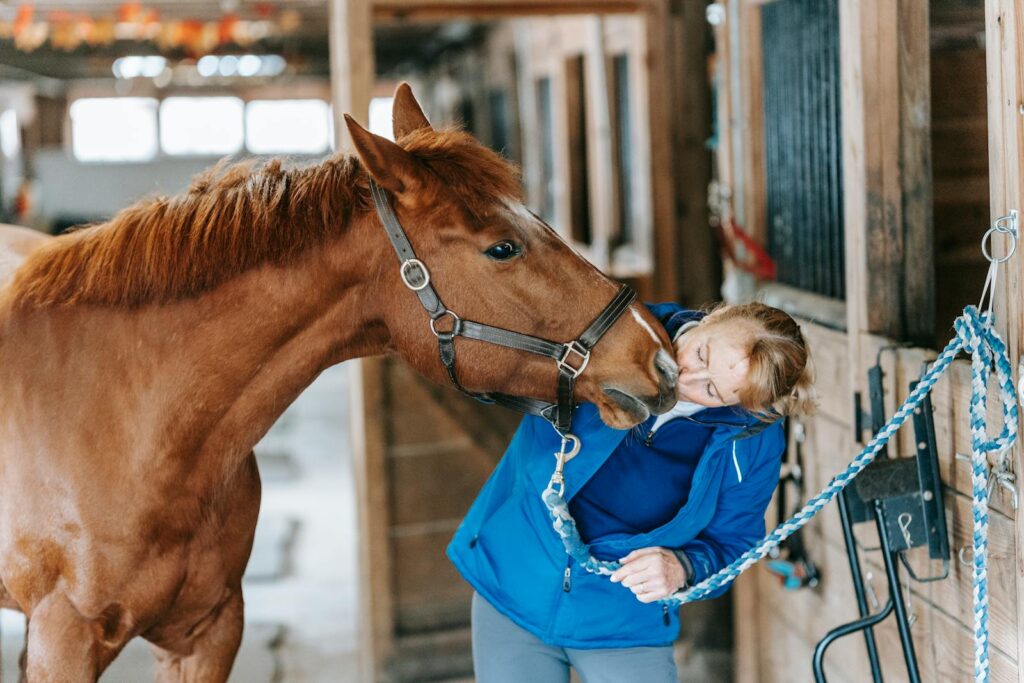
Horses possess a remarkable emotional intelligence that allows them to form deep, lasting connections with humans who treat them with understanding and respect. Studies show that horses can recognize human emotions, remember previous interactions, and adjust their behavior based on our emotional state. They’ve been observed comforting distressed people, reacting with interest to joy, and remembering those who treated them kindly, or not. This emotional sensitivity makes horses especially skilled at mirroring human feelings, often reflecting emotions we may not even be aware of ourselves. Many experienced riders and trainers speak of moments when horse and human seem perfectly in sync, responding to one another with such subtlety that it feels like a genuine emotional conversation between species.
Communication Beyond Words

The horse-human relationship reveals the incredible depth of non-verbal communication possible between species. Over time, horses and humans have developed a shared language built not on words but on body language, breath, energy, and touch. Skilled riders can relay complex cues through subtle shifts in weight, tension, or breathing, while horses respond with signals like ear position, facial expressions, body posture, and movement. When this silent dialogue becomes refined, horse and rider often appear to move as one—a connection so fluid and intuitive it seems almost invisible to the outside observer. Developing this level of communication requires heightened awareness and mutual sensitivity, creating a bond that often feels more genuine than many verbal exchanges between people, precisely because it moves beyond words.
Therapeutic Benefits of the Equine Connection
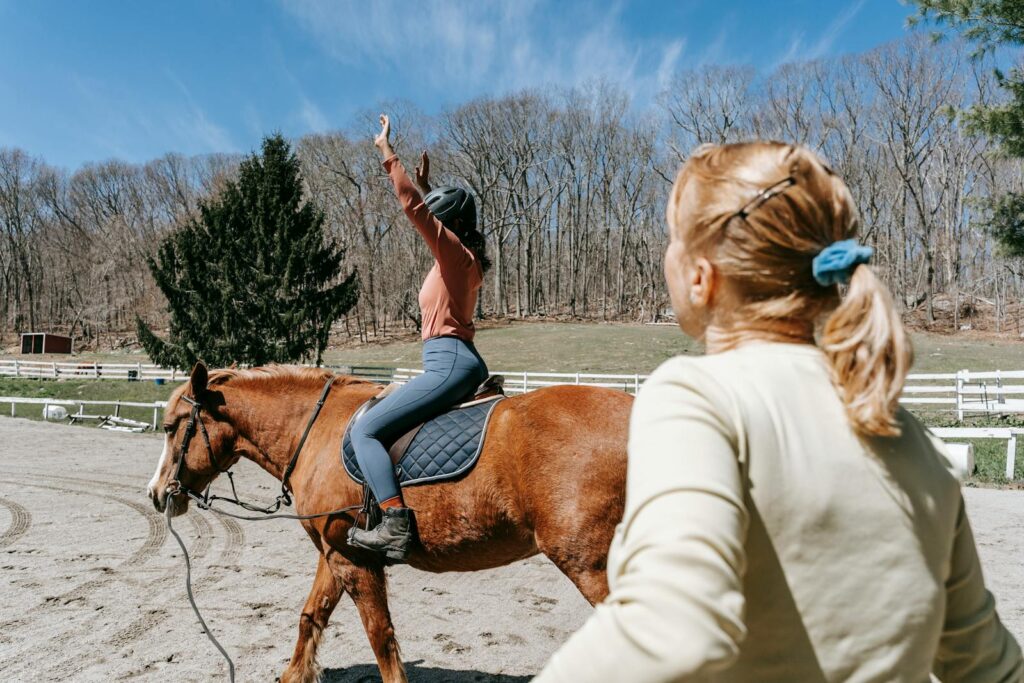
The unique qualities of the horse-human relationship have made equine-assisted therapy one of the most effective forms of animal-assisted intervention for a wide range of conditions. A horse’s size and strength, paired with its sensitivity and responsiveness, can create powerful experiences for individuals facing trauma, anxiety, depression, autism spectrum disorders, and other challenges. Horses offer honest, non-judgmental feedback that reflects a person’s emotional state, fostering a therapeutic environment that feels both safe and deeply insightful. Working with horses naturally encourages emotional regulation, clear communication, and genuine presence—skills that translate directly into personal growth and improved relationships. Studies have shown that time spent with horses can lower stress hormones, boost oxytocin levels, increase confidence, and support emotional development in ways that traditional talk therapy sometimes cannot.
Athletic Partnership and Physical Synchrony
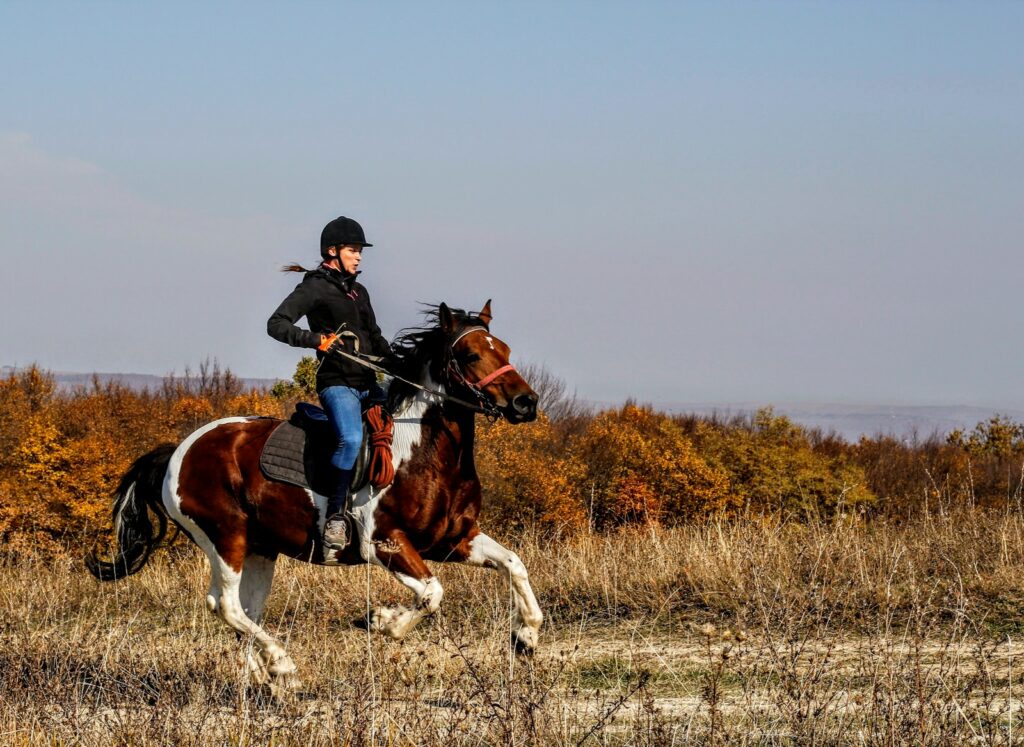
The physical connection between horse and human during riding is one of the most extraordinary examples of interspecies cooperation in the natural world. When a skilled rider partners with a responsive horse, their movements blend into a unified rhythm that reflects a deep physical and neurological bond. This coordination relies on constant, subtle communication, with both horse and rider making micro-adjustments to maintain balance, timing, and direction. At the highest levels of equestrian sport, this partnership becomes so seamless that they appear to move as one, responding to the lightest cues and shifting energies. Scientific research using dual heart rate monitors has even shown that during moments of harmony, the heartbeats of horse and rider often synchronize—offering a glimpse into the profound physiological connection that can develop beyond words.
Cultural Significance and Symbolic Importance

Few animals have shaped human culture and symbolism as deeply as the horse, reflecting the lasting psychological impact of this relationship across civilizations. Horses have long appeared in mythology, art, literature, and spiritual practices around the world, often symbolizing freedom, power, nobility, and transcendence. The figure of the centaur—half human, half horse—emerges in multiple cultures as a powerful emblem of the bond between species. From ancient cave paintings to modern cinema, horses have retained their symbolic strength even as their practical roles have diminished in industrialized societies. This enduring cultural presence suggests that horses represent more than utility; they reflect qualities we admire, aspire to, and perceive as both part of and beyond ourselves—forming a symbolic bridge between the human experience and the natural world.
The Neuroscience of Human-Horse Interaction
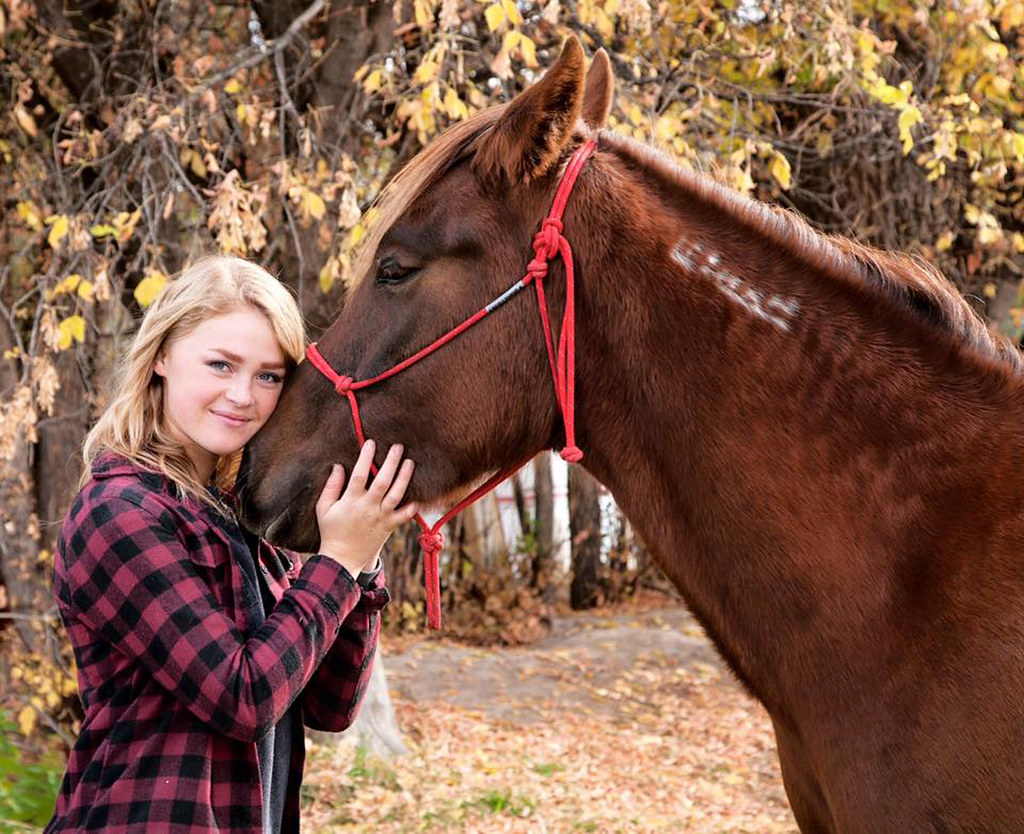
Recent neuroscientific research is beginning to reveal the biological mechanisms behind the powerful effects horses have on human psychology and physiology. Studies using functional MRI and EEG measurements show that positive interactions with horses activate the brain’s reward centers while reducing activity in areas linked to stress and fear. Human contact with horses has also been shown to increase oxytocin production—the “bonding hormone”—and lower cortisol levels, supporting emotional well-being and social connection. Particularly notable is evidence suggesting that humans process interactions with horses differently than with other animals, activating brain networks associated with social relationships rather than those used for object recognition or utility. These findings point to a unique neurological sensitivity that may help explain the depth of the human-horse connection.
Evolution of the Relationship in Modern Times
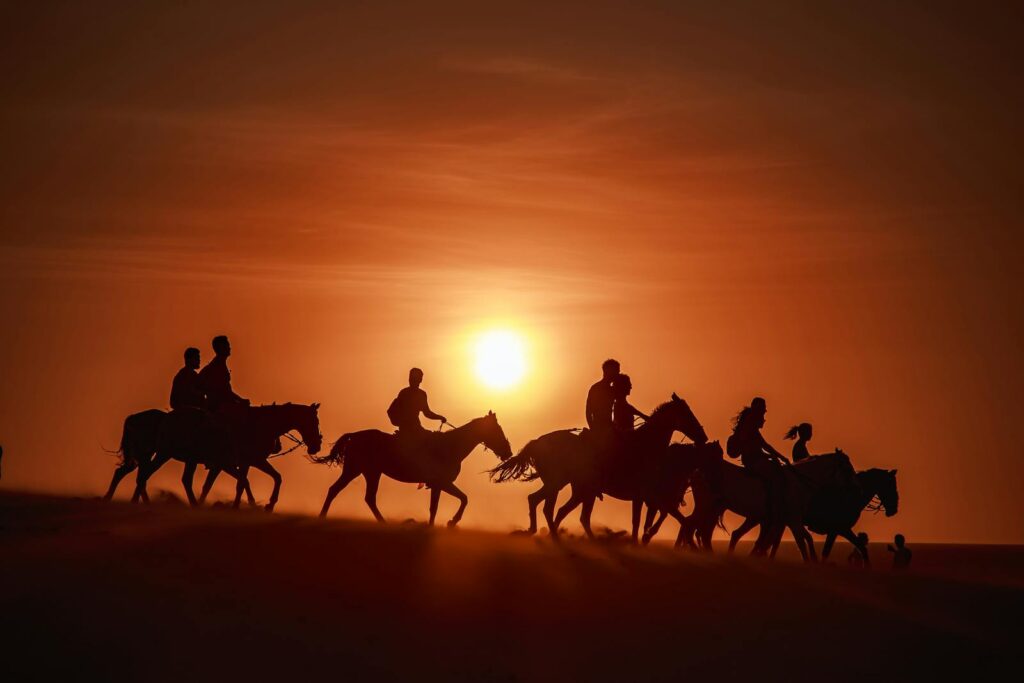
The horse-human relationship has undergone a profound transformation in recent decades, shifting from primarily utilitarian roles to connections centered on recreation, sport, companionship, and therapy. Many modern horse owners now view their equine partners more as family members than working animals. This transition has brought both challenges and opportunities—while horses often receive greater care and attention than ever before, the bond can become imbalanced when humans project anthropomorphic expectations onto them. At its best, the modern relationship blends traditional knowledge of equine psychology with contemporary insights into positive reinforcement and welfare-based training. Movements such as natural horsemanship and ethical training have played a key role in promoting approaches that respect the horse’s nature while deepening the bond between species.
Lessons from the Horse-Human Bond

The unique relationship between horses and humans offers profound insights into cross-species empathy, communication, and cooperation that extend far beyond the equestrian world. This ancient partnership shows that meaningful connection is possible across species boundaries when approached with patience, respect, and a genuine understanding of the other’s nature. Horses teach us about authentic communication, emotional honesty, living in the present moment, and the importance of clear boundaries—lessons that apply to all relationships. The success of this unlikely partnership between prey and predator species suggests possibilities for harmony that transcend natural divisions. Most importantly, the horse-human bond reminds us that true connection requires stepping outside our human-centered perspective and learning to see the world through different eyes—a skill increasingly valuable in our complex relationship with the natural world.
The unique bond between horses and humans is one of nature’s most extraordinary interspecies relationships—a partnership that has shaped human civilization and revealed the power of connection across differences. Unlike many domesticated animals valued primarily for utility, horses have emerged as true partners, capable of forming deep emotional connections, engaging in sophisticated communication, and building mutual trust. That this relationship bridges the natural divide between predator and prey makes it even more remarkable. As science continues to uncover the foundations of this ancient bond, we gain not only a better understanding of horses and humans, but also broader insights into the potential for meaningful connection between species sharing our planet. In an age increasingly defined by technology and disconnection from nature, the horse-human relationship stands as a powerful reminder of our ability to form authentic bonds with beings fundamentally different from ourselves—perhaps one of the most important lessons this magnificent partnership has to offer.







